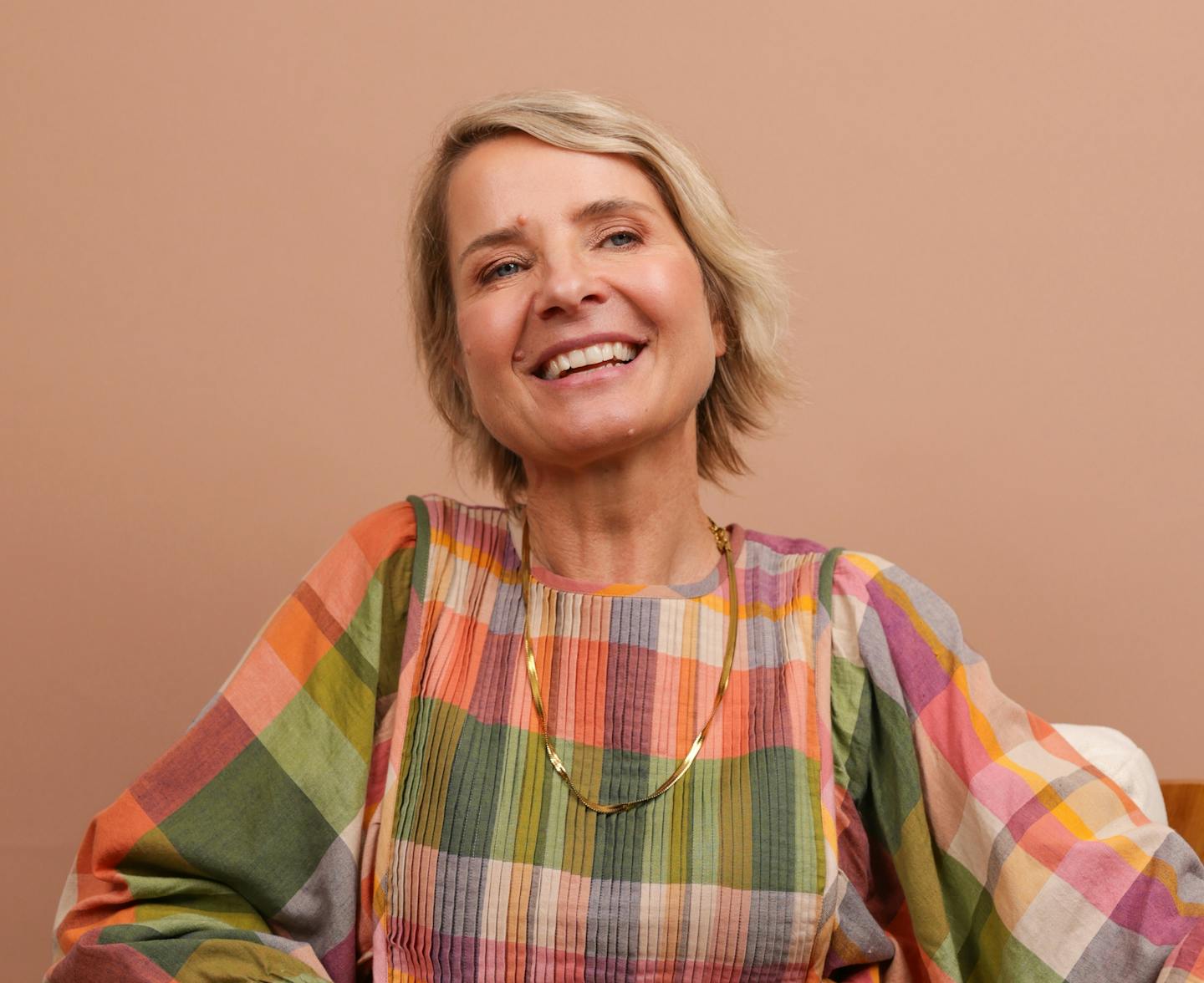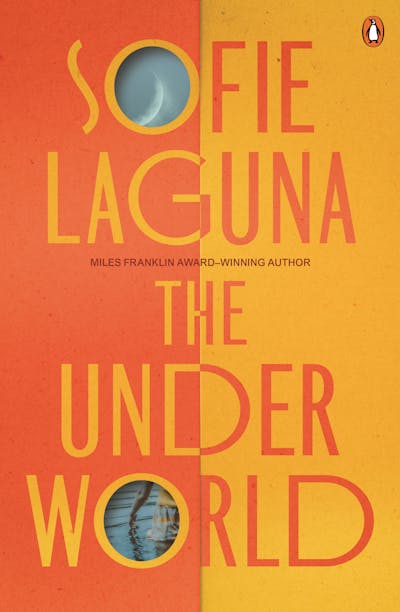
Sofie Laguna’s fifth novel for adults draws on the ancient idea of a land to which the dead must journey and reside. This landscape has been depicted many times. It is associated with the classical myth of the ferryman Charon and his barge across the River Styx. It evokes the gloomy nature of Hades, the presiding god of the underworld.
In Laguna’s novel, the classical underworld is woven into the fabric of the story, but as a psychological counterpoint. Starting in 1974 and finishing in the early 1980s, The Underworld is a coming-of-age story that contributes in interesting ways to an emerging body of writing on Australia in the 1970s, and to an international tradition of women writers concerned with the complexities of gender and emerging sexuality.
Review: The Underworld – Sofie Laguna (Penguin)
Its young protagonist, Martha, is an only child. The daughter of well-to-do but distant parents, she grows up in a world of privilege: the family mansion in Hunter’s Hill, a Southern Highlands private boarding school, the beachside houses and enormous merino properties of her wealthy friends. She is nevertheless an introverted figure, and the novel follows her lonely negotiation with emerging queer desire.
Martha carries her favourite books about the underworld of classical mythology everywhere she goes. These provide comfort and orientation; they are portals of imaginative escape.
Yet The Underworld is not a version of the story of Demeter and Persephone. Nor does this coming-of-age narrative follow the traditional katabasis – a questing descent into the world of the dead.
The story of Martha’s sexual and intellectual awakening is, instead, structured around the duality of a libidinous underworld of sensation and an overworld of social instruction, education and rigorous achievement. As Martha moves through adolescence and early adulthood, she conceives of herself as having two selves: one for each realm. Only at the end of the novel do these selves achieve reconciliation and transformation.
Underwater worlds
The permeabilities and possibilities of adolescent identity and desire are associated with water throughout the novel. This inspires some of Laguna’s strongest writing.
Martha has happy memories of swimming at Ryde pool with her mother, leaping into the water from the Averley Beach pier, traversing suburban rivers and outback water landscapes. She experiences her passage through the “secret life” or “double life” of adolescence as a constant alignment with the underwater world, rather than the world of terrestrial seasons:
everyone in the underworld lived as a kind of water-soul. You still had a body, but you weren’t separate because you didn’t have skin or the skin was permeable.
The novel reassures us that there are multiple comparative myths of the underworld. But water is where Martha’s experiences of desire, instability and transformation are largely represented: “sweetness drawn up from the underworld from some bottomless liquid source through the earth”.
Martha’s underwater dreaming of same-sex desire and difference contrasts with the establishment fortresses of her private school and, later, her university college – institutions that are barriers to self-expression and political progress, as well as places of refuge and community.
The novel’s account of her emerging love for her friend Valerie sidesteps clichéd depictions of boarding-school repression. It offers a clear and often robust sense of the straightforward power and pleasure of this desire. In this, The Underworld takes up a parallel, if strongly counterpointed, position to Australian stories of queer liberation from the 1970s and after.
When Martha’s burgeoning and reciprocated love culminates in a deeply painful scene at the very end of school, her exploration of desire is blocked. The scene inaugurates the long and isolated second passage of Martha’s journey between childhood and adulthood.
Laguna does not avoid the critical elements of Martha’s adolescent closeting, self-disgust and painful betrayal. Nor does she neglect the subsequent trauma Martha experiences at the hands of an influential senior academic. The horrendous scenes of her assault late in her honours year and the self-harm that follows are depicted in ways that are unflinching and ethically attentive.
Laguna relays, quite evenly, the complexity of these experiences, conscious of what it means to write about the history of the 1970s in 2025. The very different cultural expectations of the time are exemplified by the helpful advice offered by Martha’s grandmother: “even if you don’t like boys you will have to marry one”.

The pleasure of learning
Laguna’s depictions of strong, positive female friendships and the importance of books as a cornerstone of identity are welcome additions to Australian coming-of-age fiction. Martha’s unalloyed pleasure in learning and sustained academic work is not something that has typically featured in Australian stories of school – though Laura Tweedle Ramsbotham certainly enjoyed and mastered elements of her school life in Henry Handel Richardson’s The Getting of Wisdom (1910).
Martha’s university experience turns out to be different. Her pleasure in mastering difficult work (her increasing expertise in Latin texts of the late Roman Republic) informs her university years, but she is more isolated than ever. The radical bohemian possibilities of the 1970s lie outside the “moated grange” of her college and her single-minded academic life.
Retreating into a self-abnegating dedication to her studies (“keeping her eye on the prize”), Martha closets herself with notable discipline. She makes a painful commitment to her goal of an academic career. The last quarter of the novel is energised by her fascinating Honours thesis on the Roman love elegy on Sulpicia, the only known female lyricist in first-century Rome.
Here Laguna contributes a striking if bleak fictional portrait of female academic striving, more commonly the province of life writing by and about academic women of the 1970s and 1980s.

The Underworld opens with a dedication to a long-lived Latin teacher, who worked at a school that provides the model for Dalheath, Martha’s beloved boarding school. This elegiac note indicates something of the novel’s memorial commitment to detail.
One of the pleasures of The Underworld is its extensive use of allusions, drawn from Martha’s reading, researching and writing. Yet Martha can sometime becomes lost in this freight of references. It is as though the intertextual material has become the purpose of the novel, and we can’t quite recover the sense of her character.
Perhaps, at such moments, the classical parallels stifled other kinds of symbolic and figurative meanings. Perhaps the details of Martha’s life demanded exacting attention that precluded other forms of experiment or extension.
The Underworld showcases Laguna’s impressive ability as a writer, but it seems caught between young adult and adult audiences. Its desire for clarity and accessibility hampers its inclination to place greater trust in its readers.
The novel’s issue with its imagined audience is evident in its depiction of mother-daughter relations. Martha’s enigmatic and cold mother is memorialised in a famous portrait, called “Judith Over the Water”, which hangs in a prominent position in the family home – a Gothic trope that is both melodramatic and clichéd (Daphne Du Maurier came to mind).
The antipathy between the ‘overworld’ of the mother and the ‘underworld’ of the daughter is an important point of disconnection and loss. But this is obscured in otherwise interesting renditions of the trappings of class and upward mobility. When one thinks of Elizabeth Harrower’s harrowing work in this terrain in mid-century Sydney, it is hard not to want a greater challenge in this material.
Martha’s seven-year passage reads as two novellas of education: one of school life, the other of university. The novel’s timespan is marked out in blood and text, extending from the onset of menstruation to an act of self-harm in the face of the grim consequences of male violence and sexual maturity. The Underworld does, however, close on a note of reconciliation, with Martha experiencing the transformations of personal and sexual happiness in and around the grottoes of Rome.
There is, again, something melodramatic (though reassuring) here, and perhaps something unsatisfying about the structure. Given the antecedents of female coming-of-age novels in the 20th century include Christina Stead, A.S. Byatt, Toni Morrison, Alice Munro, and some striking queer voices, including Jeanette Winterson and Sarah Waters among others, it is hard not to want The Underworld to risk more and ask more.
This article is republished from The Conversation, a nonprofit, independent news organization bringing you facts and trustworthy analysis to help you make sense of our complex world. It was written by: Fiona Morrison, UNSW Sydney
Read more:
- Ethiopian quarter: how migrants have shaped a thriving shopping district in South Africa’s city of gold
- John Grisham’s The Widow: a legal mystery that asks if a sleazy lawyer can ever be seen as a ‘good’ victim
- After early acclaim, Elizabeth Harrower didn’t write for decades. Two biographers consider why
Fiona Morrison does not work for, consult, own shares in or receive funding from any company or organisation that would benefit from this article, and has disclosed no relevant affiliations beyond their academic appointment.


 The Conversation
The Conversation
 CNN Health
CNN Health ABC News Video
ABC News Video